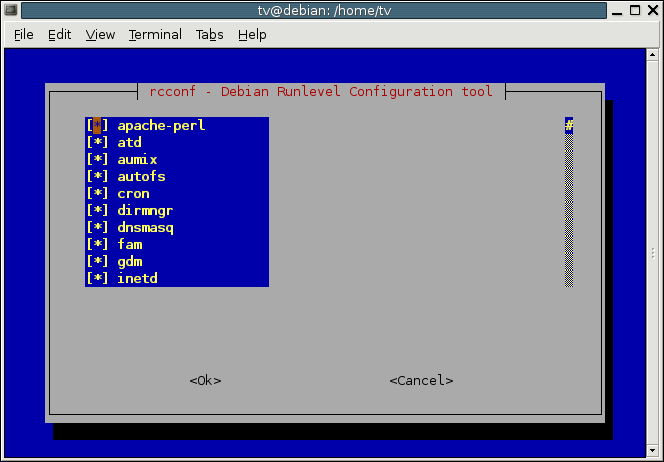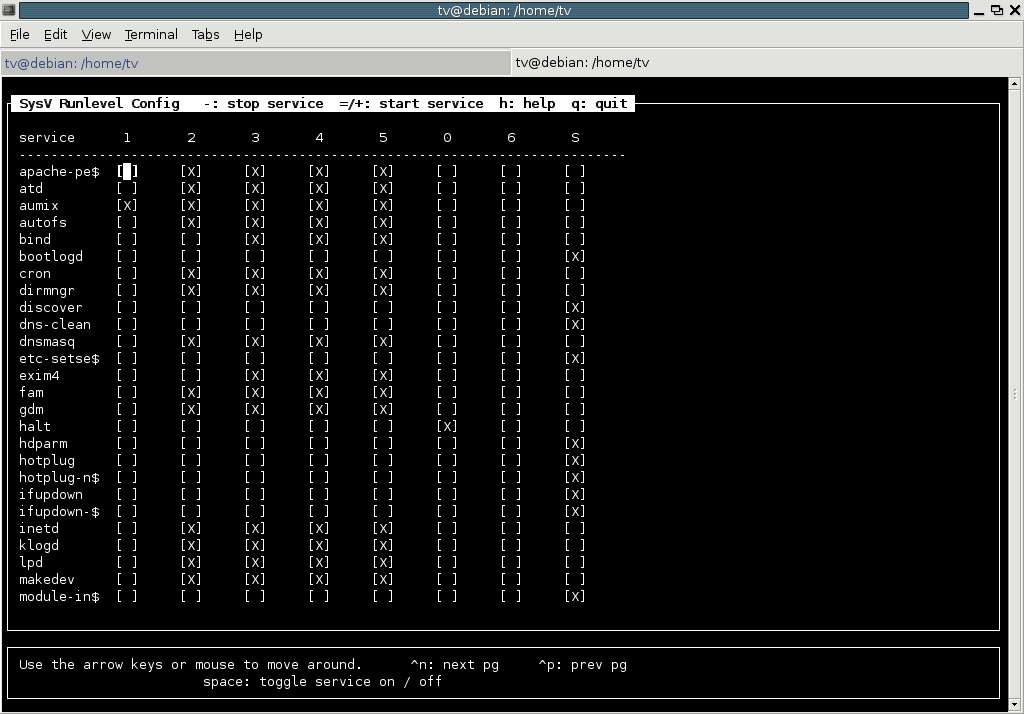Brainbench is opening its entire library of certification tests (regularly priced at $49.95 per test) for two weeks FREE OF CHARGE! That’s right, over 500 Brainbench certifications will be available to you at no charge from November 1 – 15, 2005. Following seems to be good choice, IMPO:
- Linux Administration Certification (Red Hat, Suse)
- Unix Administration Certification (Soaris, AIX)
- Windows Administration Certification (NT/2000)
- Other programming certifications like C, C++, Java
- Here is the list of all IT certifications.
According to brainbench
Over a quarter million people participated in last year’s Bench Games, Brainbench’s certification competition. And they have listened to users requests and will be bringing back the Games in April 2006. Until then, to help you prepare for the Games, Brainbench is opening its entire library of certification tests…
So what you are waiting for try out yourself online








